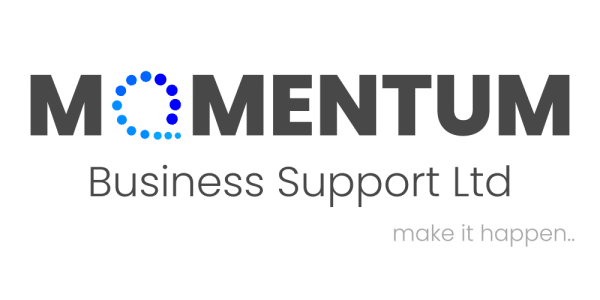Why Cash Flow Forecasting Is Essential For SMEs

SMEs are the backbone of any economy. They create jobs, spur innovation, and drive growth. Despite their importance, small businesses often struggle to survive. In fact, reports suggest that only 20% of SMEs make it past the first year in operation. There are many reasons why a company can fail, but one of the most prominent is a lack of cash flow. It’s the lifeblood of any business, and without it, a company will undoubtedly struggle.
A forecast can help your business avoid financial problems and keep operations running smoothly, so we’ve decided to highlight the importance and share our tips for perfecting the process.
What is cash flow forecasting?
Cash flow forecasting is the process of predicting a business’s future cash flow based on past performance and other factors. It involves analysing a business’s spending and income to determine when they will have excess and deficit cash. This analysis can be done regularly and be adjusted as needed.
The benefits of cash flow forecasting
Cash flow forecasting can be a powerful tool for SMEs. It allows business owners to plan for future cash needs and predict potential issues before they arise. It also promotes better-informed decisions about managing finances, helping to keep business running smoothly. Forecasting can also help to identify areas of inefficiency. By tracking cash flow, companies may be able to identify areas where they can cut costs or improve profitability – maximising financial management efficiency. Finally, forecasting can help SMEs get additional financing. Many lenders require businesses to provide a cash flow forecast before granting a loan. A good cash flow forecast can show lenders that the business is stable and has a good amount of cash available.
How to create an accurate cash flow forecast
Creating an accurate cash flow forecast requires careful planning and analysis. The first step is to track your business’s income and expenses. This can be done by entering all transactions into an accounting system or tracking it manually. Once the data is gathered, businesses can use software or templates to create a cash flow projection. This will provide an estimate of future cash flow based on income and expenses. It may also include other factors such as seasonal changes, pricing fluctuations, and marketing campaigns. Businesses should also consider creating a contingency plan for unexpected costs. This plan should consider sources of financing and other measures that can be taken to ensure the business stays afloat in times of cash shortages.
Top tips for creating an accurate cash flow forecast
• Track income and expenses regularly: Tracking your cash flow on a regular basis will help ensure that your forecast is as accurate as possible.
• Analyse changes in the market: Stay up to date on changes in the market to make sure your cash flow projections are realistic.
• Include long-term expenses: Don’t forget to account for long-term expenses such as taxes or new equipment.
• Look for potential sources of financing: Keeping track of potential sources of financing can help you plan for cash flow shortages.
• Consider outsourcing your cash flow management: An experienced outsourcing team will save you both time and money becoming the perfect ally.
If you’d like to find out more about cash flow forecasting or require any additional business support – we’d love to help! Get in touch:T: 01903 688789 E: makeithappen@mbsmih.com

